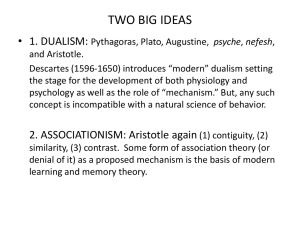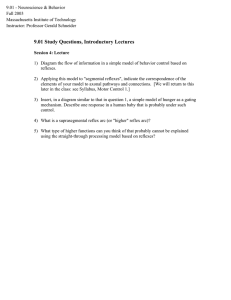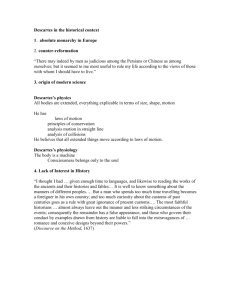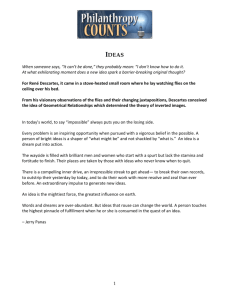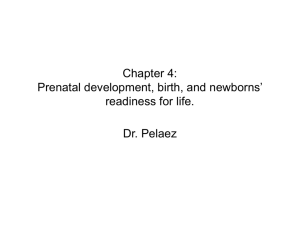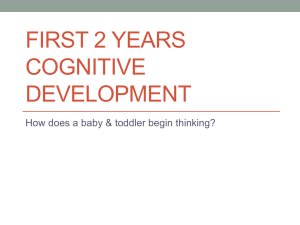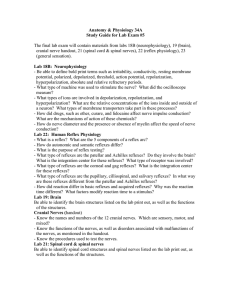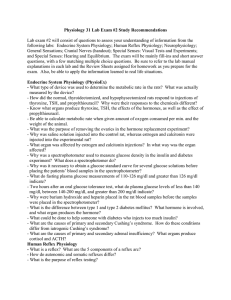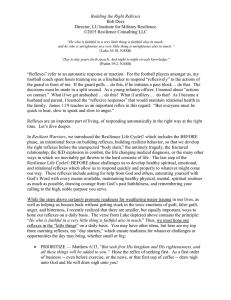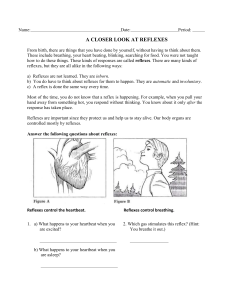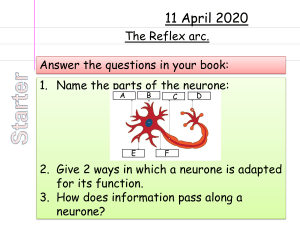9.01 - Neuroscience & Behavior Fall 2003 Massachusetts Institute of Technology
advertisement
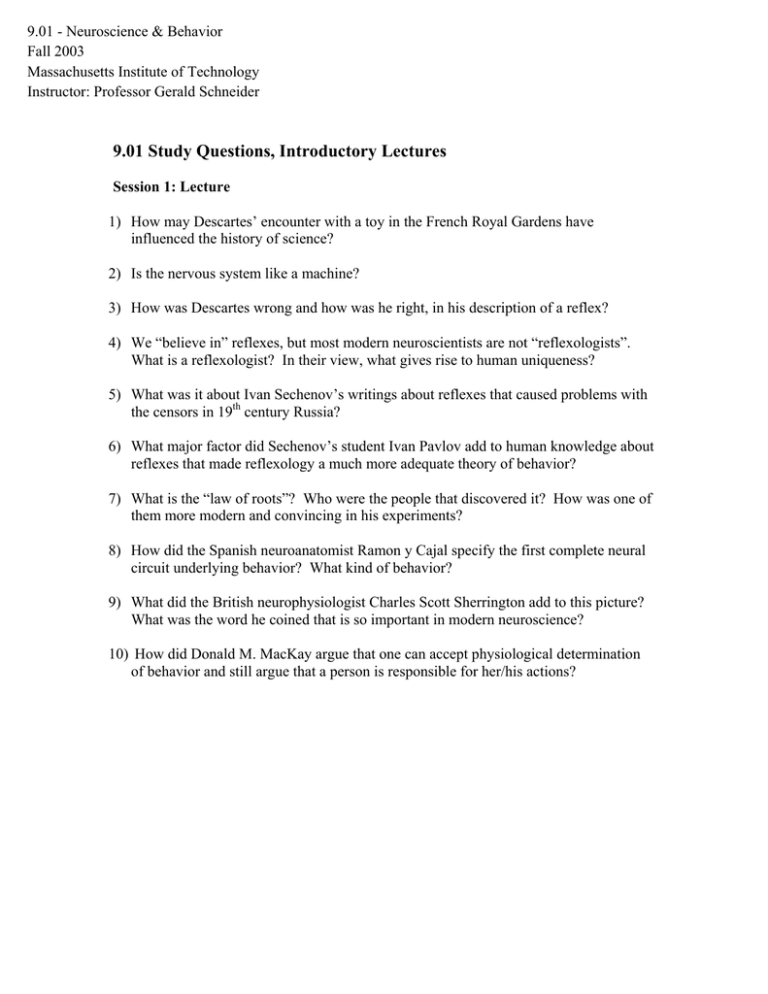
9.01 - Neuroscience & Behavior Fall 2003 Massachusetts Institute of Technology Instructor: Professor Gerald Schneider 9.01 Study Questions, Introductory Lectures Session 1: Lecture 1) How may Descartes’ encounter with a toy in the French Royal Gardens have influenced the history of science? 2) Is the nervous system like a machine? 3) How was Descartes wrong and how was he right, in his description of a reflex? 4) We “believe in” reflexes, but most modern neuroscientists are not “reflexologists”. What is a reflexologist? In their view, what gives rise to human uniqueness? 5) What was it about Ivan Sechenov’s writings about reflexes that caused problems with the censors in 19th century Russia? 6) What major factor did Sechenov’s student Ivan Pavlov add to human knowledge about reflexes that made reflexology a much more adequate theory of behavior? 7) What is the “law of roots”? Who were the people that discovered it? How was one of them more modern and convincing in his experiments? 8) How did the Spanish neuroanatomist Ramon y Cajal specify the first complete neural circuit underlying behavior? What kind of behavior? 9) What did the British neurophysiologist Charles Scott Sherrington add to this picture? What was the word he coined that is so important in modern neuroscience? 10) How did Donald M. MacKay argue that one can accept physiological determination of behavior and still argue that a person is responsible for her/his actions?
